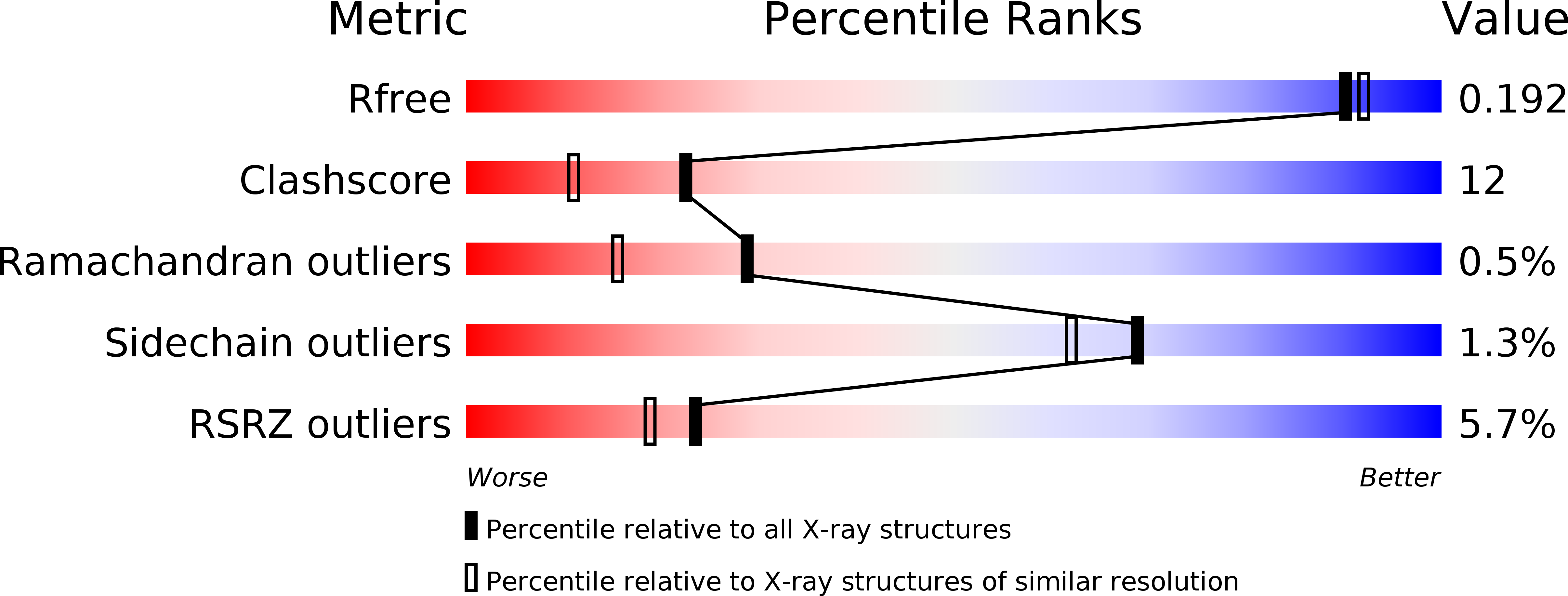
Deposition Date
2002-03-15
Release Date
2002-07-10
Last Version Date
2024-11-20
Method Details:
Experimental Method:
Resolution:
1.80 Å
R-Value Free:
0.23
R-Value Work:
0.19
Space Group:
P 1 21 1


